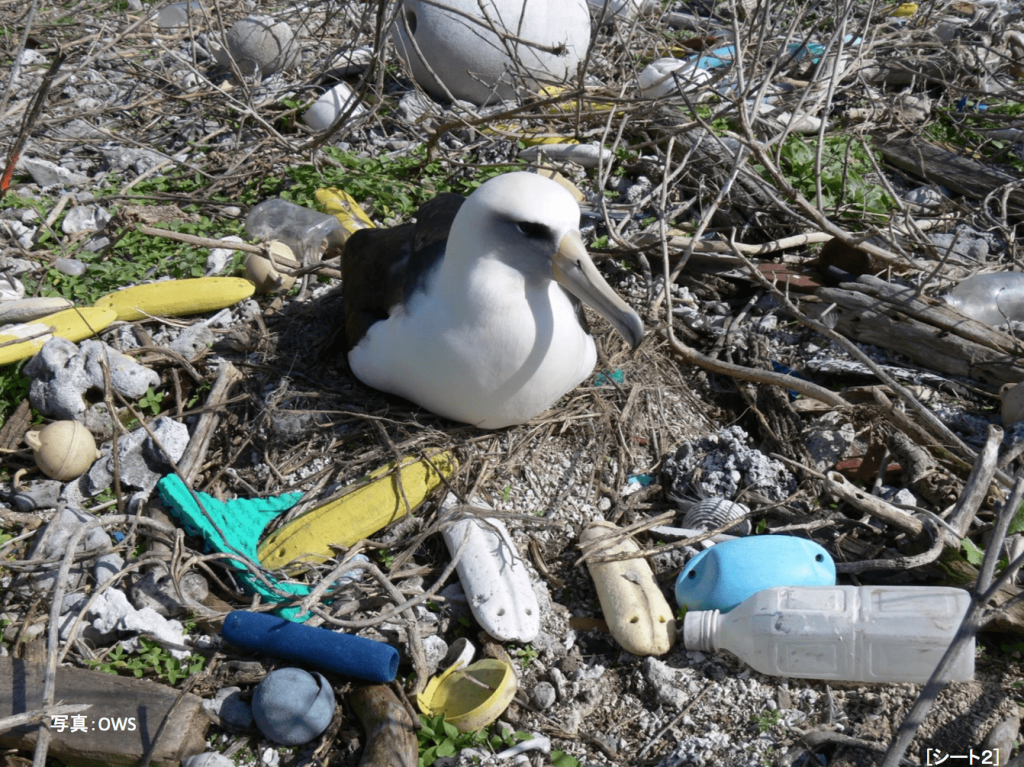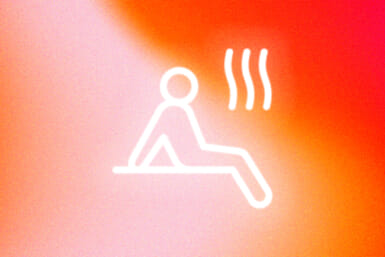Anyone who’s visited Tokyo has seen it: the feeble trash can, hardly holding up, meant to hold PET bottles but brimming with other sundry convenience-store plastics. A coffee cup perched on top in a feat of gravity. Plastic pollution, however, is far more extensive, and dangerous, than the occasional eyesore. In addition to the aggravating lack of trash cans in Japan, plastic consumption is rampant, considering the popularity of takeaway bento and vending machines (as of 2019, there were 2.84 million vending machines in Japan – one machine for every 50 people).
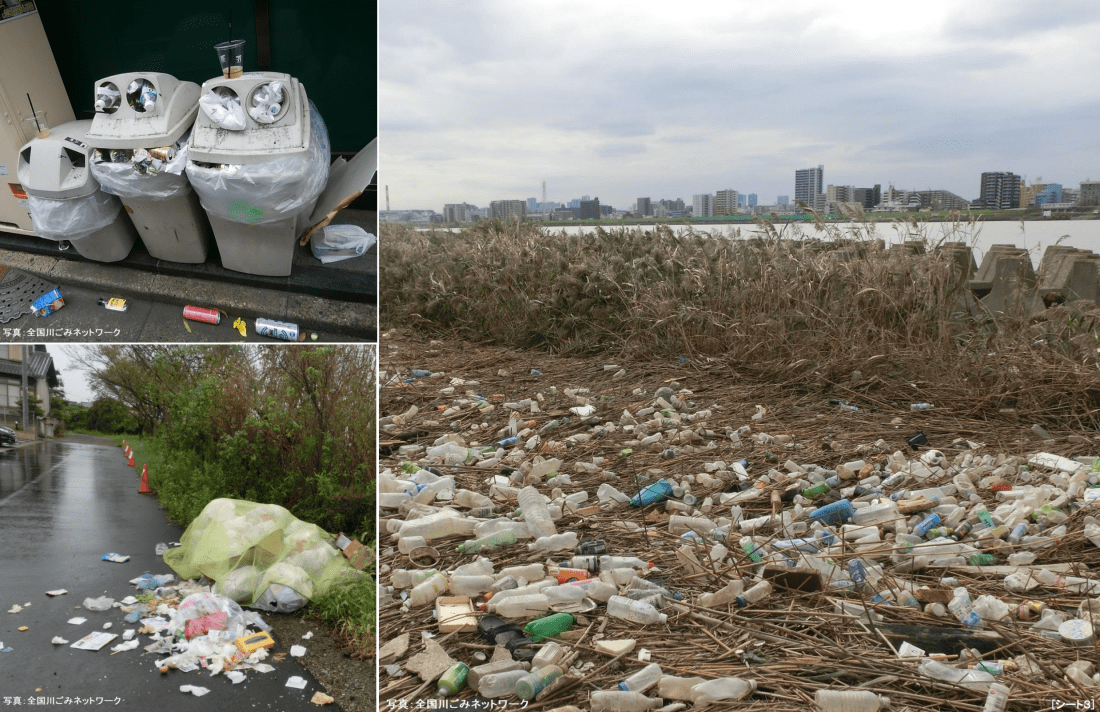
Courtesy of All Japan River Litter Network
And with the recent takeout boom and measures to prevent the spread of Covid-19, plastic products are proliferating. This is a problem not limited to urban terrain; coffee cups littering streets and other conbini detritus are not the greatest trouble. When the waste makes its way to the ocean and joins vast amounts of marine pollution, marine ecosystems are severely endangered.
Animals are consuming plastic at astonishing levels – even humans
When you think of marine pollution, like the sweeping seaborne “garbage patches,” you might think of the trash of beach-goers and seaside towns, but waste from far inland can wind up in the ocean. In Japan, it is mandatory to separate your trash and recycle your plastics. However, trash at dumps can be strewn by animals or inclement weather, entering streams and rivers. And there is, of course, the neglected and especially volatile street litter that can be blown or flown into bodies of water. According to the Arakawa Clean Aid Survey of 2019, 83 percent of the litter in the Arakawa River, which flows from Saitama Prefecture to Tokyo Bay, consists of packaging and containers – material that is mindlessly discarded or even mindfully disposed of by individuals.
“Three million plastic bags and 6.1 million pieces of vinyl linger in Osaka Bay”
In some areas, cigarette butts and other garbage thrown into drains may combine with rainwater and flow directly into rivers. Otherwise, if the refuse is brought to a sewage treatment plant, heavy rains can likewise cause it to flow into rivers. And a great portion of this river-borne waste, from plastic containers to thread fibers, ends up in the sea, with about 80 percent of marine litter originating from land areas. The Kansai Regional Union estimates that 3 million plastic bags and 6.1 million pieces of vinyl linger in Osaka Bay.
Not only is it highly mobile, but plastic remains permanently in the environment. With degradation, larger pieces could become microplastics – which are less than 5 millimeters in diameter. Microplastics can be plastic waste that has deteriorated after spillage, pieces of sponges and tires, synthetic fibers or capsules for agricultural chemicals. Even on a microscopic scale, these materials retain the additives in the original product while infiltrating food chains, including our seafood. Microplastics have been detected in about 80 percent of the anchovies in Tokyo Bay. People consume an average of 5 grams of microplastics per week – equivalent to the weight of a credit card.
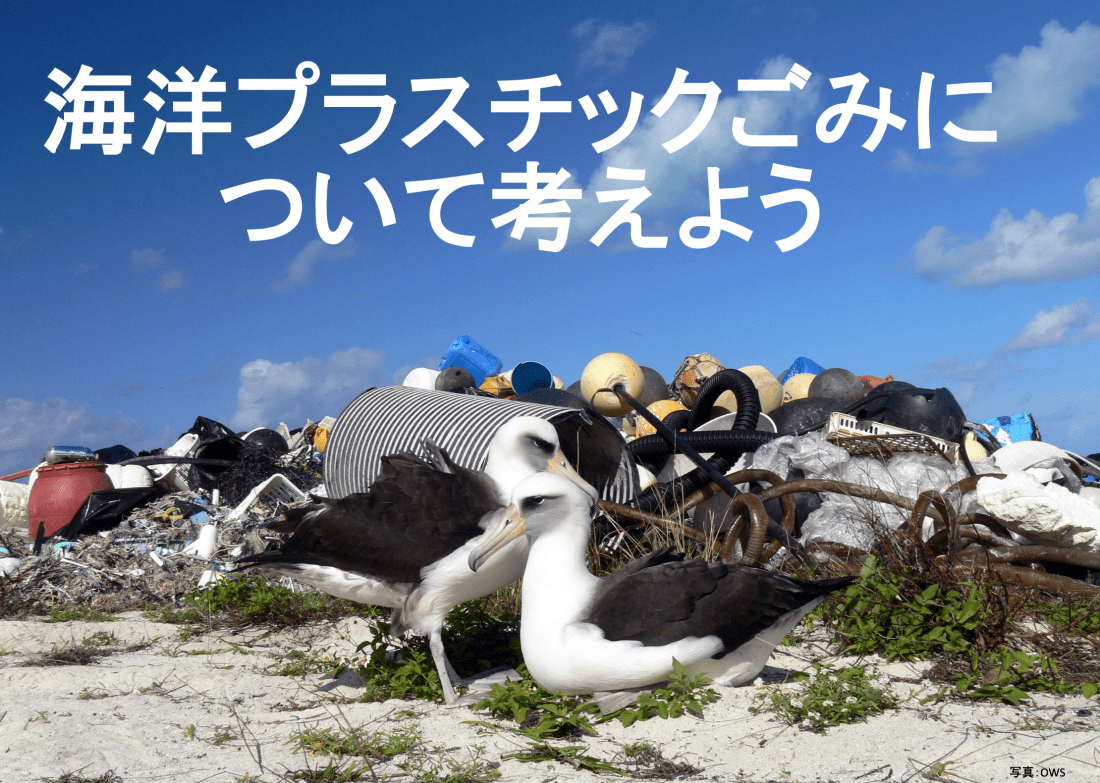
“Let’s think about marine plastic litter.” Courtesy of Oceanic Wildlife Society
Japan’s plastic consumption is second highest in the world
Japan’s plastic footprint is larger than we might think. The amount per capita of plastic containers and packages, at over 30 kilograms a year, is only second to that of the US. Most of this packaging is one-time use, the sum of our quick lunches, grocery trips, vending-machine runs, laundry days and more.
“Only 18 percent of the aggregate is recycled domestically”
Moreover, the country produces around 10 million tons of plastic a year (the third highest amount in the world), 78 percent of which is discarded as waste within a year. On top of the litter and unaccounted-for loose garbage, and despite a national reputation for efficiency, most properly-disposed plastic waste is treated carelessly. Since 2017, Japan has been shipping part of its plastic waste stores to Southeast Asia, from which much maritime plastic flows. Ultimately, only 18 percent of the aggregate is recycled domestically. We might feel far removed from the ground zero of our deadly high plastic consumption, the World Wildlife Fund (WWF), in conjunction with the Wild Bird Society of Japan, has developed educational materials about plastic waste, offering some simple but shocking figures about the ecological effects of our habits.
They contend that there is over 150 million tons of plastic in the world’s oceans, with 8 million tons entering waters annually. It is predicted that, if we keep with this pace, the weight of all the plastic in the ocean will exceed the weight of the fish by 2050. It is common knowledge that seabirds mistakenly consume such refuse, but some 800 species, including marine mammals and fish, are affected.
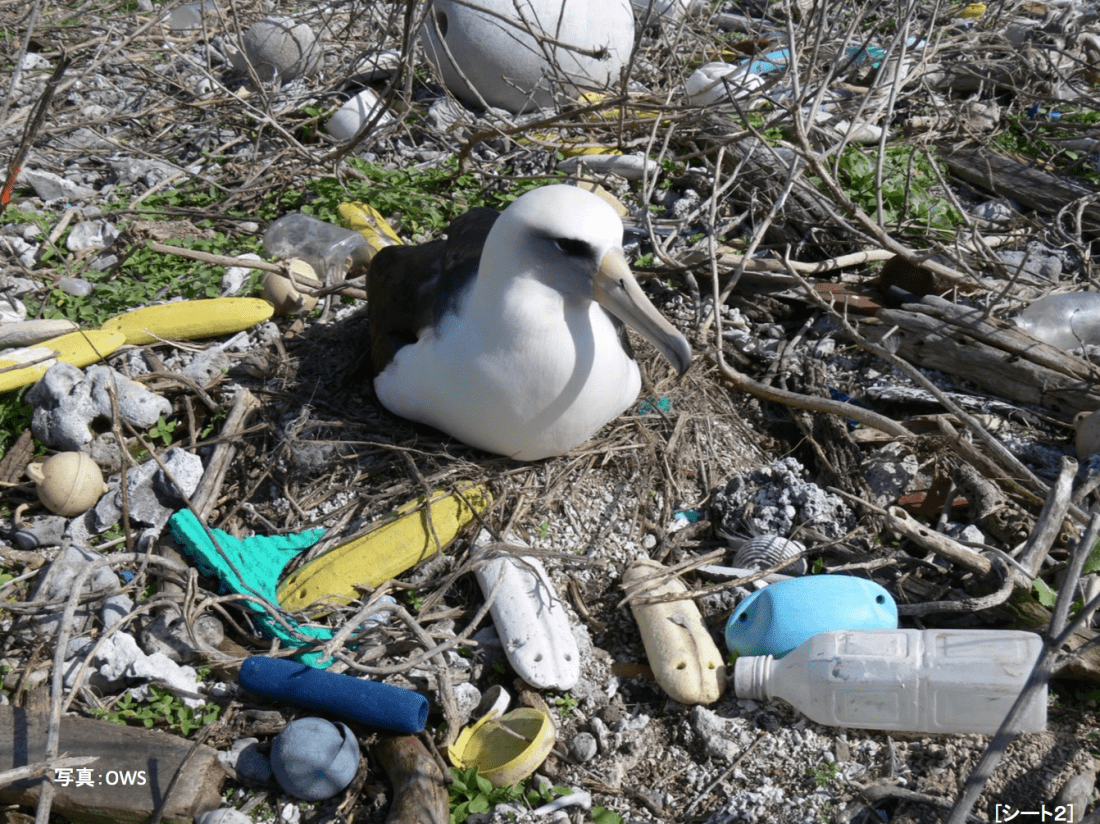
Courtesy of Oceanic Wildlife Society
Is Japan inclined to help save our seas?
This is not to paint Japan as some standalone offender in global pollution and the peril of wildlife. On the contrary, it has shown great potential to reform its plastic habits. From July 1 of this year, the government has mandated businesses to charge customers for plastic bags. Recycling requirements and the custom of taking home your trash is a start.
At the center of the problem, however, is wastefulness; we use too much unnecessary plastic. WWF recommends the implementation – or at least discussion – of a “circular economy,” in which all raw materials are recycled. The EU is already working towards this notion of a recycling-dependent society.
This kind of change starts small. Try to pick up the trash around you; limit the amount of PET bottles you buy, or use your own grocery bag. Support sustainable businesses. The cumulative effect of these efforts could save lives – in the oceans, on the shores and among the people around you.
For more information, visit the World Wildlife Fund (site is in Japanese).

